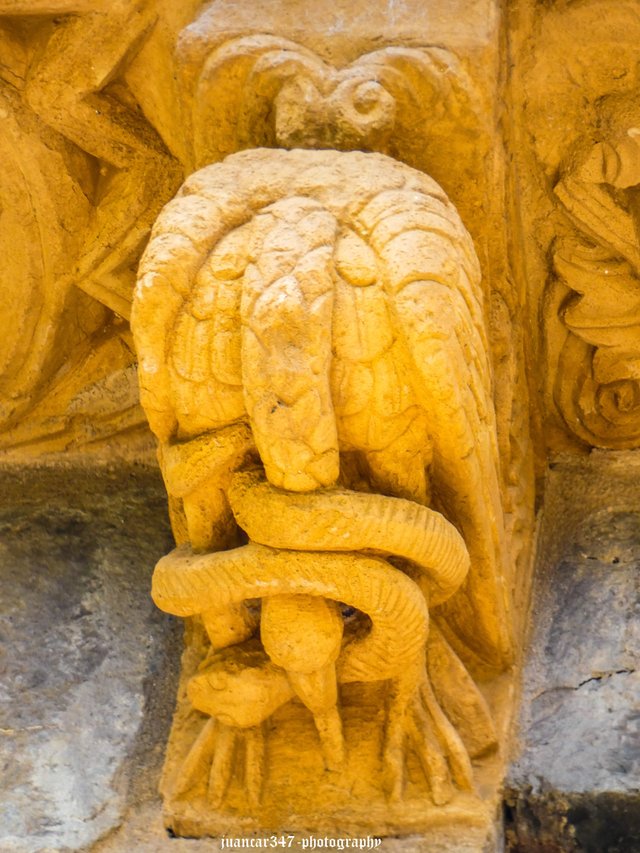[ENG-SPN] Storks and the myth of the eternal return / Las cigüeñas y el mito del eterno retorno
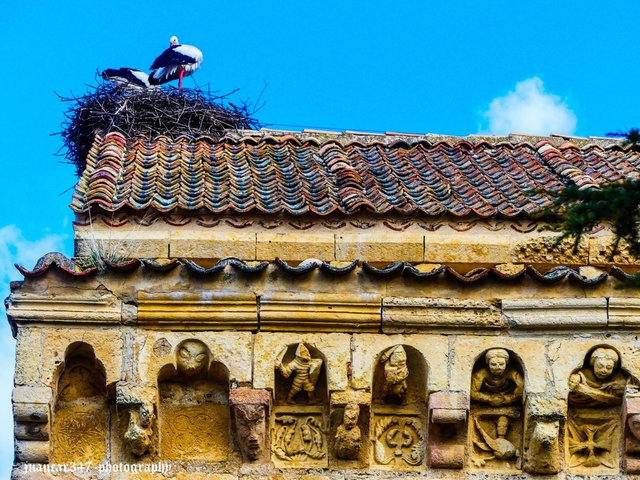
Unlike those dark swallows, which, according to the poet, Gustavo Adolfo Bécquer, never returned to Seville, there are other birds, beautiful and above all, highly appreciated in rural communities, to whose appointment, in that media month of February, which, in addition to marking the winter equinox, celebrates the figure of Saint Blaise, have never been lacking, perpetuating it, on the contrary, for endless generations: the storks. Therefore, if I had to paraphrase that great hermeneutic of Romanian origin, who was the admired Mircea Eliade, I would say that, in the stork, the extraordinary myth of the eternal return is contrasted in a much more evident way.
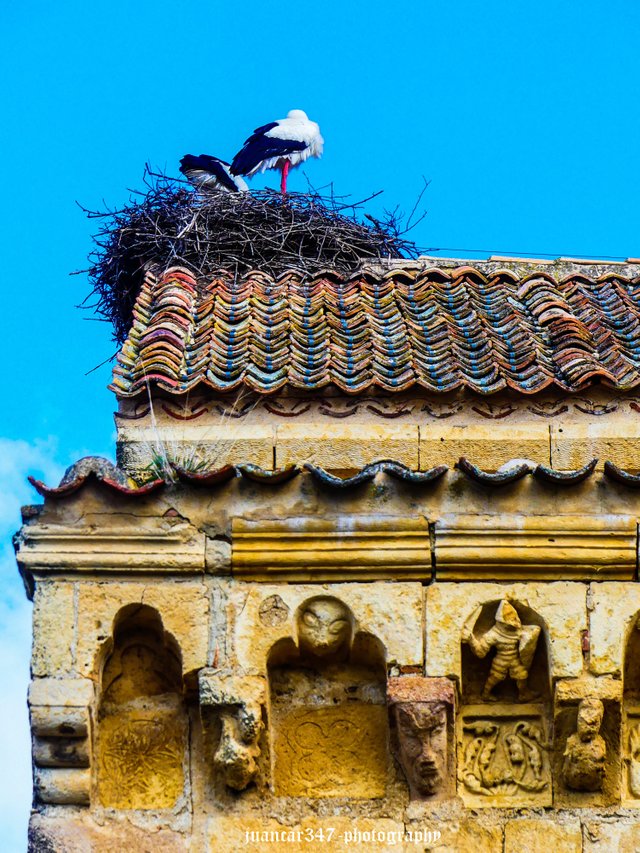
This is to such an extent that it is a real joy to observe how these, year after year, reoccupy the nests, which, season after season, they have been using, being much more spectacular, even, to observe them, above all, in those ancient temples. medieval stonecutters, to whom they not only confer a gratifying picturesque appearance, but with whom they also maintain a close relationship, because of their work, especially with regard to clearing snakes and snakes from the fields, the medieval stonecutters represented in their sculptures and even from the striking and resounding tapping of their beaks, traditional instruments and dances arose, which form an eminently ethnological and cultural part that keeps alive, as far as possible, the close relationship that has always existed between men and their environment.
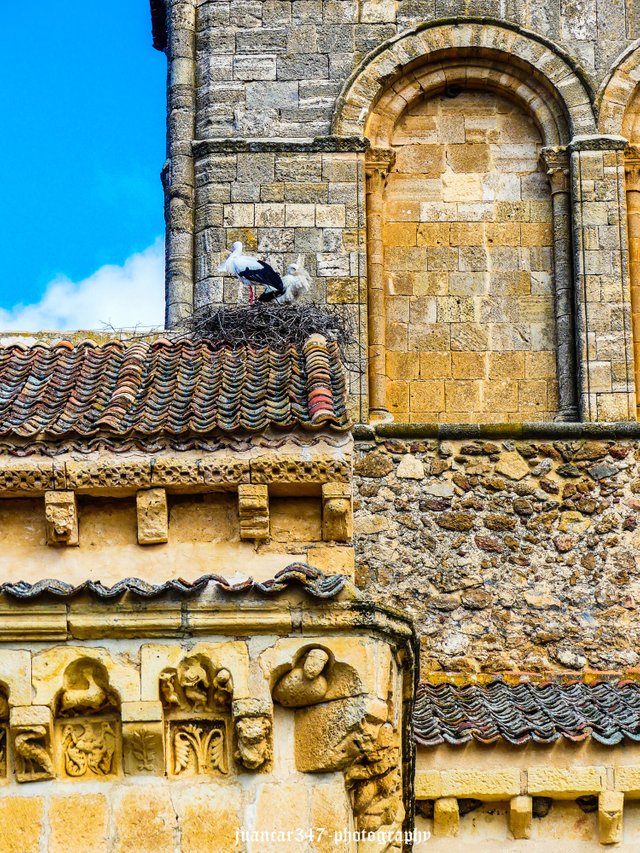
A diferencia de aquellas oscuras golondrinas, que, según el poeta, Gustavo Adolfo Bécquer, nunca más volvieron a Sevilla, hay otras aves, hermosas y sobre todo, muy apreciadas en las comunidades rurales, a cuya cita, en ese mediático mes de febrero, que, además de señalar el equinoccio del invierno, festeja la figura del Santo Blas, no han faltado nunca, perpetuándola, por el contrario, durante interminables generaciones: las cigüeñas. Por tanto, si tuviera que parafrasear a ese gran hermeneuta de origen rumano, que fue el admirado Mircea Eliade, diría, que, en la cigüeña, se contrasta, de una manera mucho más evidente, el extraordinario mito del eterno retorno.
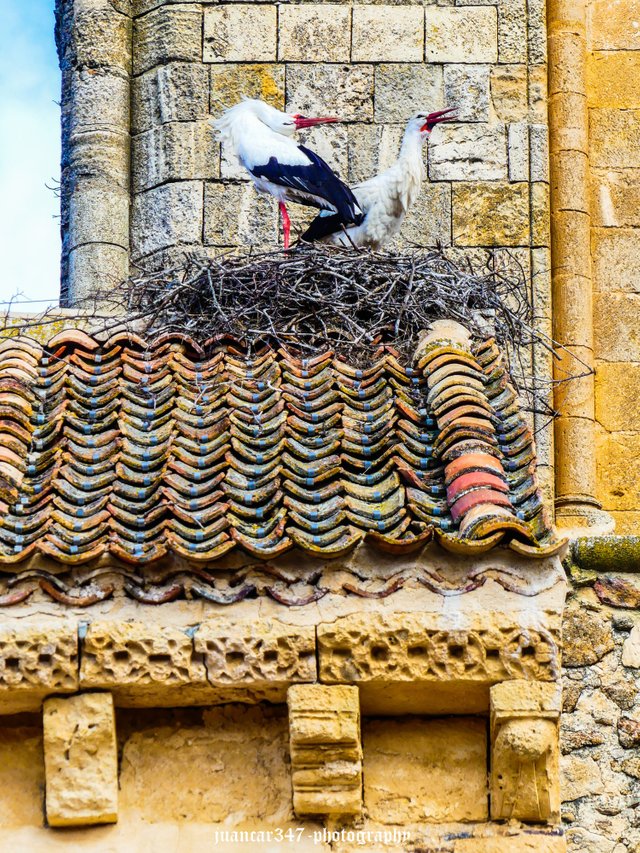
Hasta tal punto es así, que resulta una auténtica gozada observar cómo éstas, año tras año, vuelven a ocupar los nidos, que, temporada a temporada, vienen utilizando, resultando mucho más espectacular, aún, observarlos, sobre todo, en aquellos antiquísimos templos medievales, a los que no sólo confieren un gratificante aspecto pintoresco, sino con los que mantienen, también, una estrecha relación, pues de su labor, sobre todo en lo referido a la limpia de culebras y serpientes de los campos, los canteros medievales las representaron en sus esculturas e incluso del llamativo y sonoro paloteo de sus picos, surgieron instrumentos y danzas tradicionales, que forman una parte, eminentemente etnológica y cultural, que mantiene viva, en la medida de lo posible, la estrecha relación que ha existido siempre entre los hombres y su entorno.
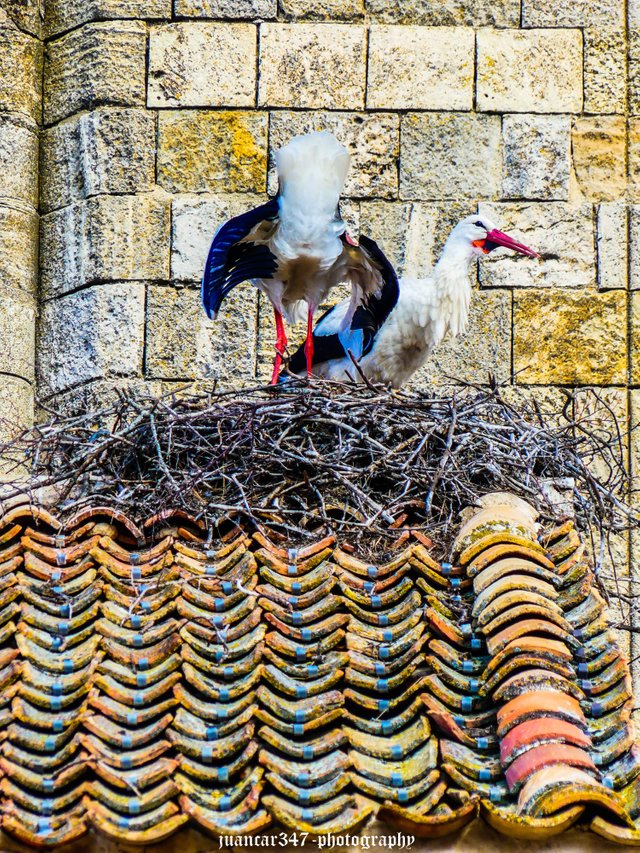
NOTICE: Both the text and the photographs that accompany it are my exclusive intellectual property and, therefore, are subject to my Copyright.
AVISO: Tanto el texto, como las fotografías que lo acompañan, son de mi exclusiva propiedad intelectual y por lo tanto, están sujetos a mis Derechos de Autor.
